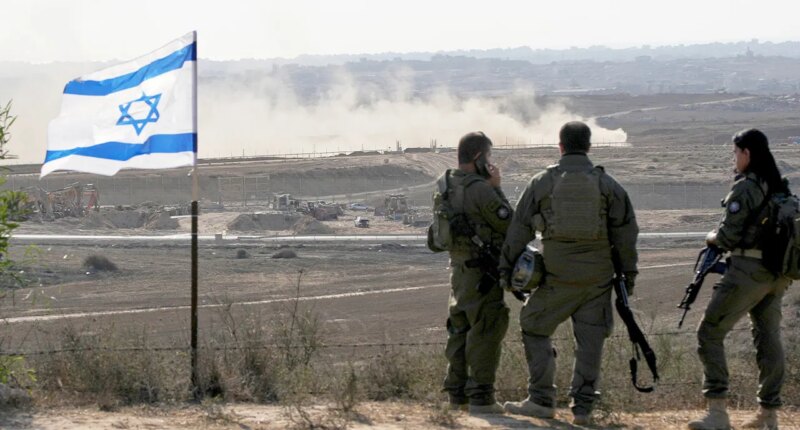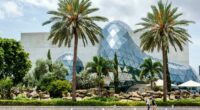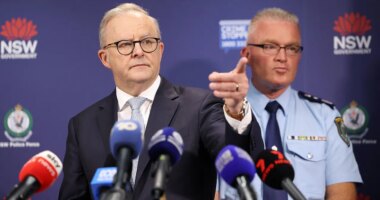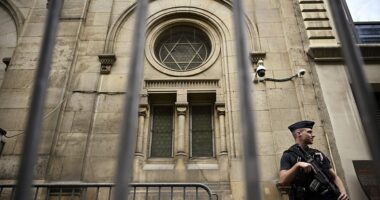Share this @internewscast.com
I’ve been covering the Middle East for about 25 years now, and the saying remains true: “The more things change, the more they stay the same.”
That being said, the three weeks we’ve spent here this time have been anything but uneventful. The experience has been filled with more twists and turns than a dilapidated roller coaster at an old amusement park.
Our initial field shoot fittingly focused on visiting released hostages and the families of those still held captive by Hamas. For most Israelis, this is a crucial concern. Forty-eight people were held by terrorists, with 20 still alive. They’ve endured almost two years of imprisonment during this ongoing Gaza conflict.
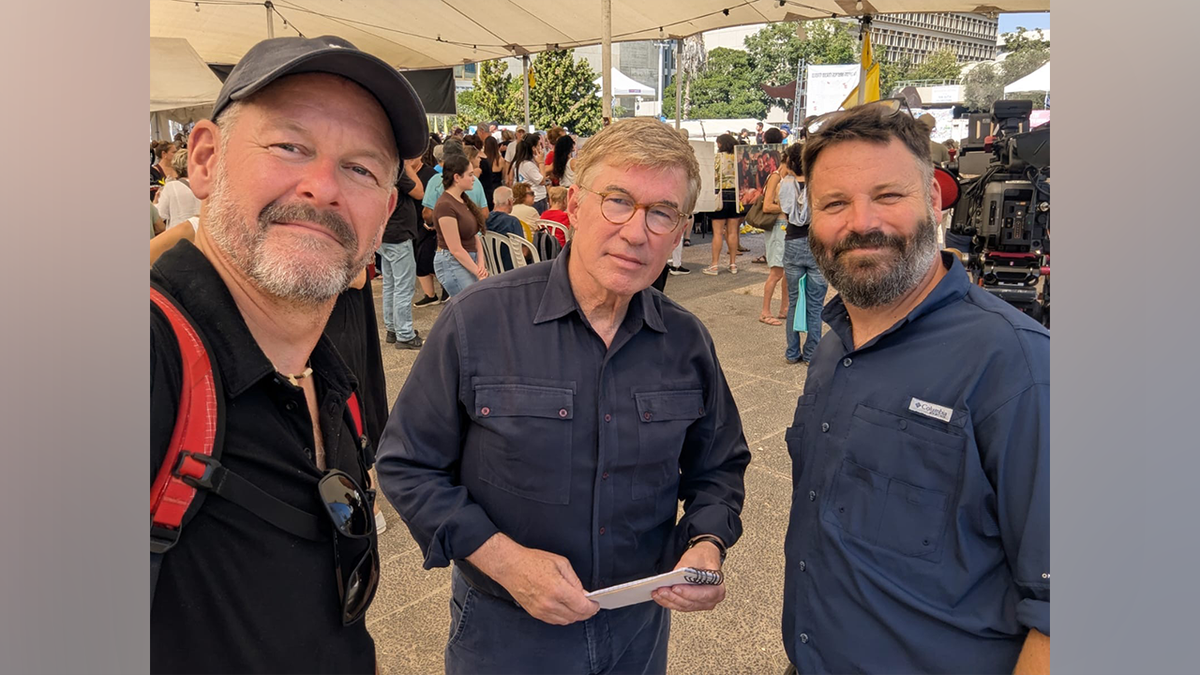
(Gray Palkot with Fox News security Rob Gray and Camerman Ben Jary. )
We encountered our first shock right after finishing a quick breakfast at our hotel: two gunmen attacked a crowded commuter bus and bus stop in Jerusalem, resulting in six deaths and numerous injuries. The scenes were horrific, and the measures taken to stop the terrorists were bold.
The following morning, while cameraman Ben and I were conducting a routine news roundup from our hotel balcony, I noticed our longtime, dedicated producer Yael inside our studio room, suddenly jumping up and down.
Israel had done the unimaginable, targeting Hamas leadership in what should have been a neutral area in Doha, Qatar. The militants claimed they were discussing the peace plan at that time. That U.S. proposal ended up as defunct as any victims Israel may have targeted (though apparently, no leadership was hit).
And then to put the final “paid” to peace talks. The much-touted full-scale ground invasion of Gaza City by Israel was launched. To finish off some 3,000 remaining Hamas fighters and their infrastructure. As Netanyahu put it “What starts in Gaza (the ugly Hamas massacre and hostage-taking of Oct. 7.) ends in Gaza.”
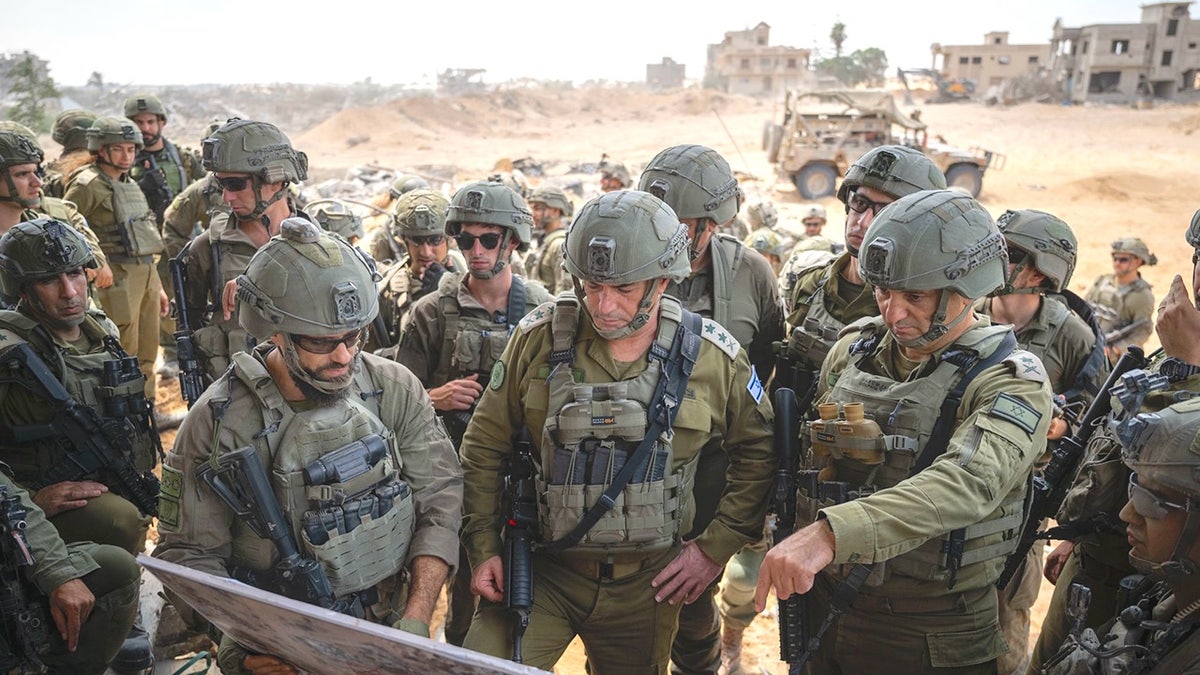
The Chief of the General Staff, LTG Eyal Zamir, conducted a field tour in the Gaza Strip. (IDF Spokesman’s Unit)
And this is when the frustration sets in for grizzled combat reporters like me, and our top-notch war team of camera Ben, Producer Yael, and Security Rob. As they have throughout the war, Israel limiting access to the Gaza action.
So we depend on local journalists to show us the horror. The destroyed urban scene. And most importantly, the vast and ugly images of human suffering. Hundreds of thousands of civilians, many not Hamas supporters, having to deal with the living hell that the terrorists and the fighting have imposed on them.
Remember that line, “I wouldn’t wish this on my worst enemy”? Well, maybe I’d go with it regarding Hamas, but not these poor Palestinian children who know nothing of the geopolitics of the situation.
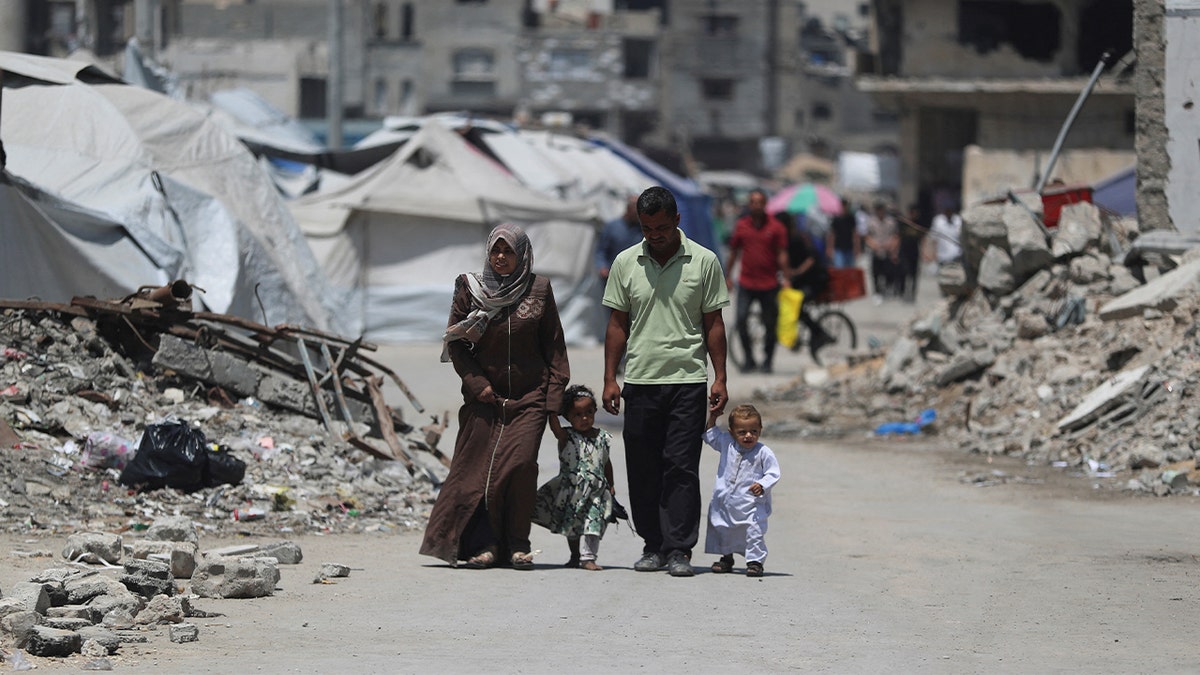
A Gazan family walk near the rubble of buildings during the Eid al-Adha holiday, in Gaza City, June 6, 2025. (Mahmoud Issa/Reuters)
To their credit, IDF officials tell us they are moving slowly through the lunar landscape that is now Gaza. Careful not to endanger civilians and /or hostages. Somehow, with Hamas-backed local health officials indicating 65,000 have already been killed after 2 years of war, it seems somewhat after the fact.
But that means, again, according to the officials we’ve spoken to, this whole Gaza City process could take as long as four months to complete. Too long for the morale-sapped reservists fighting the war. Too long for the inhabitants enduring it all. Too long for the desperate hostages.
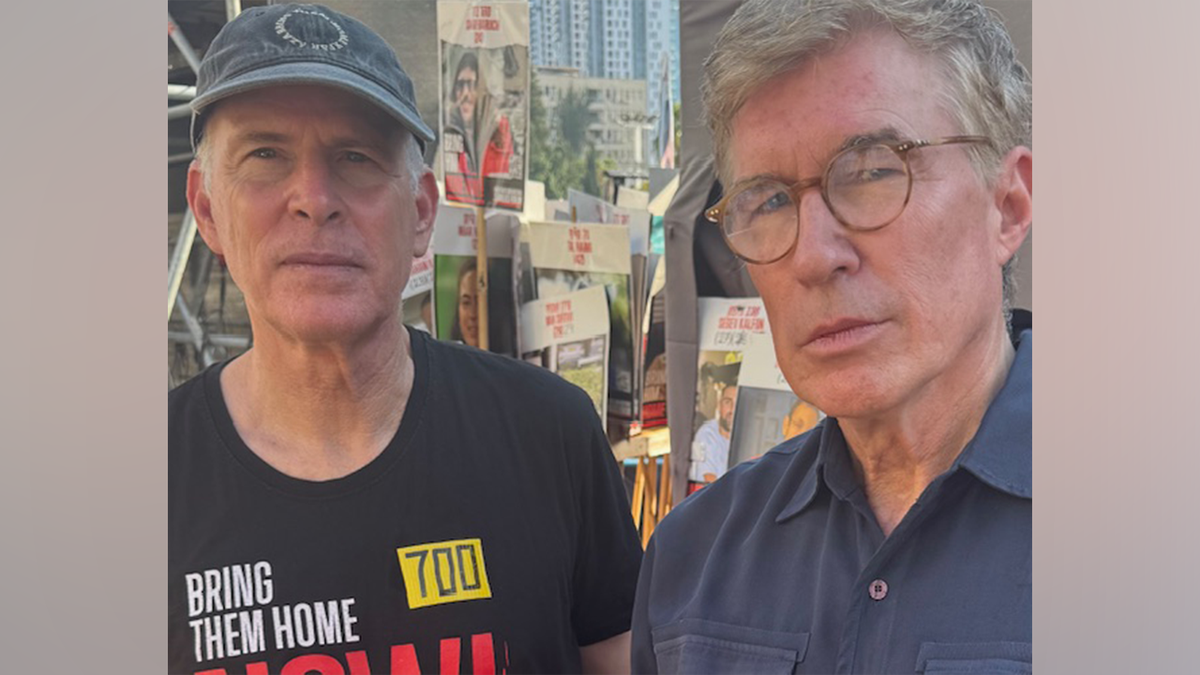
Gray Palkot with released hostage Keith Siegel in Tel Aviv September 2025 (Ben Jary)
Unless there’s a breakthrough.
No wonder the locals here look to President Donald Trump and/or a range of countries, bodies, figures (yes, Pope Leo) to try to intercede beyond the local leaders, Israel’s past duels with foes like Hezbollah and Iran seemed like well-tuned 21st century war-making. The fighting in Gaza is more like early 20th century ugly World War I trench warfare.
In between our live shots and reporting in Tel Aviv, we occasionally nip out to a few of the bars and restaurants that dot this seaside metropolis—despite all, running full tilt. And wonder what this country would be like, as well, of course, what it would be like for the wonderfully diverse Palestinian population without the yoke of war around their shoulders.
No answers this trip.
